Mind Maps: What They Are, How to Make Them, and Examples
Adriana
April 14, 2025
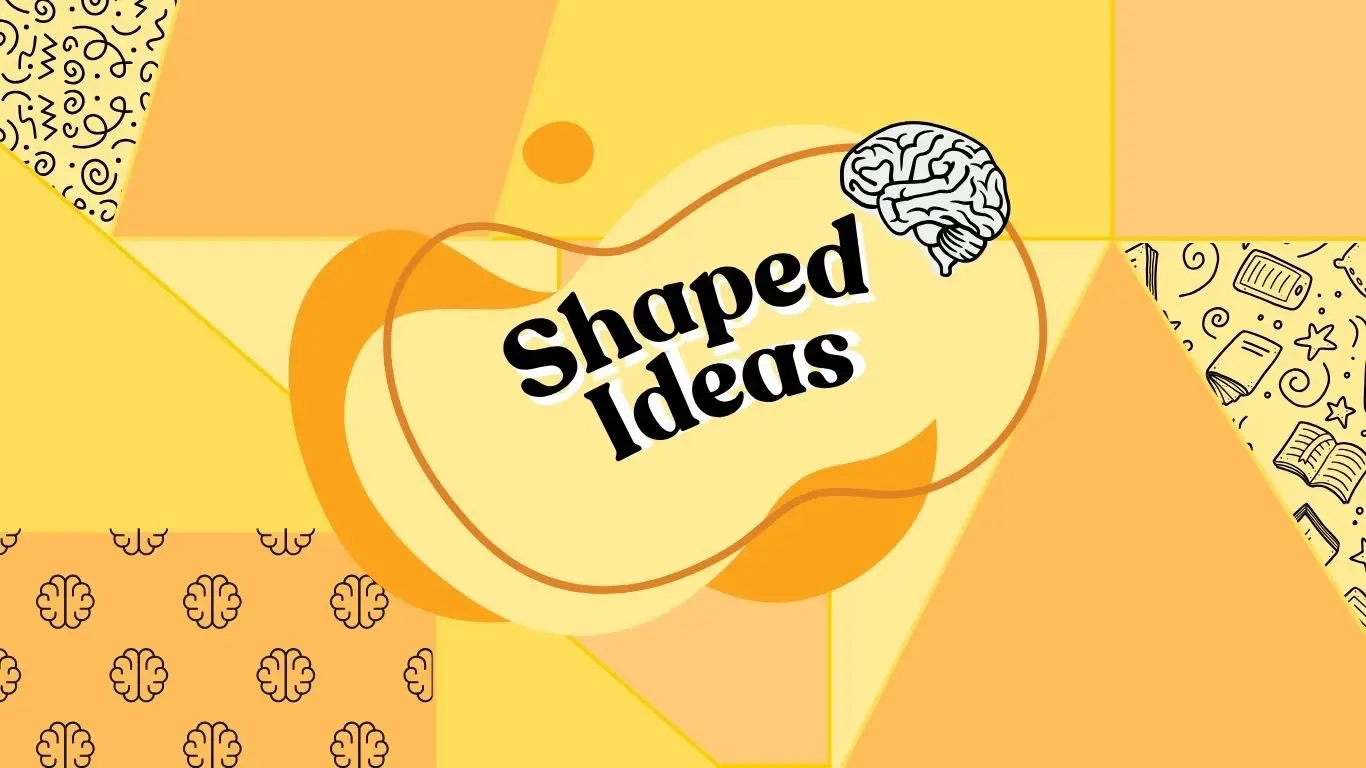
Mind maps are fundamental in the academic field; they are among the best visual resources for both teaching and learning. Next, we will explain in detail what a mind map is, how to create creative mind maps, and we will recommend some pages where you can make mind maps online.
What is a mind map
A mind map is a resource used to organize ideas, concepts, and information visually. It starts with a main idea that is usually placed at the center and is broken down into related topics distributed to the sides or around the main concept.
Mind maps examples
Currently, there are hundreds of styles and ways to create mind maps, but their structure remains unchanged. And to make it clearer than water, here are the most common examples of mind maps.
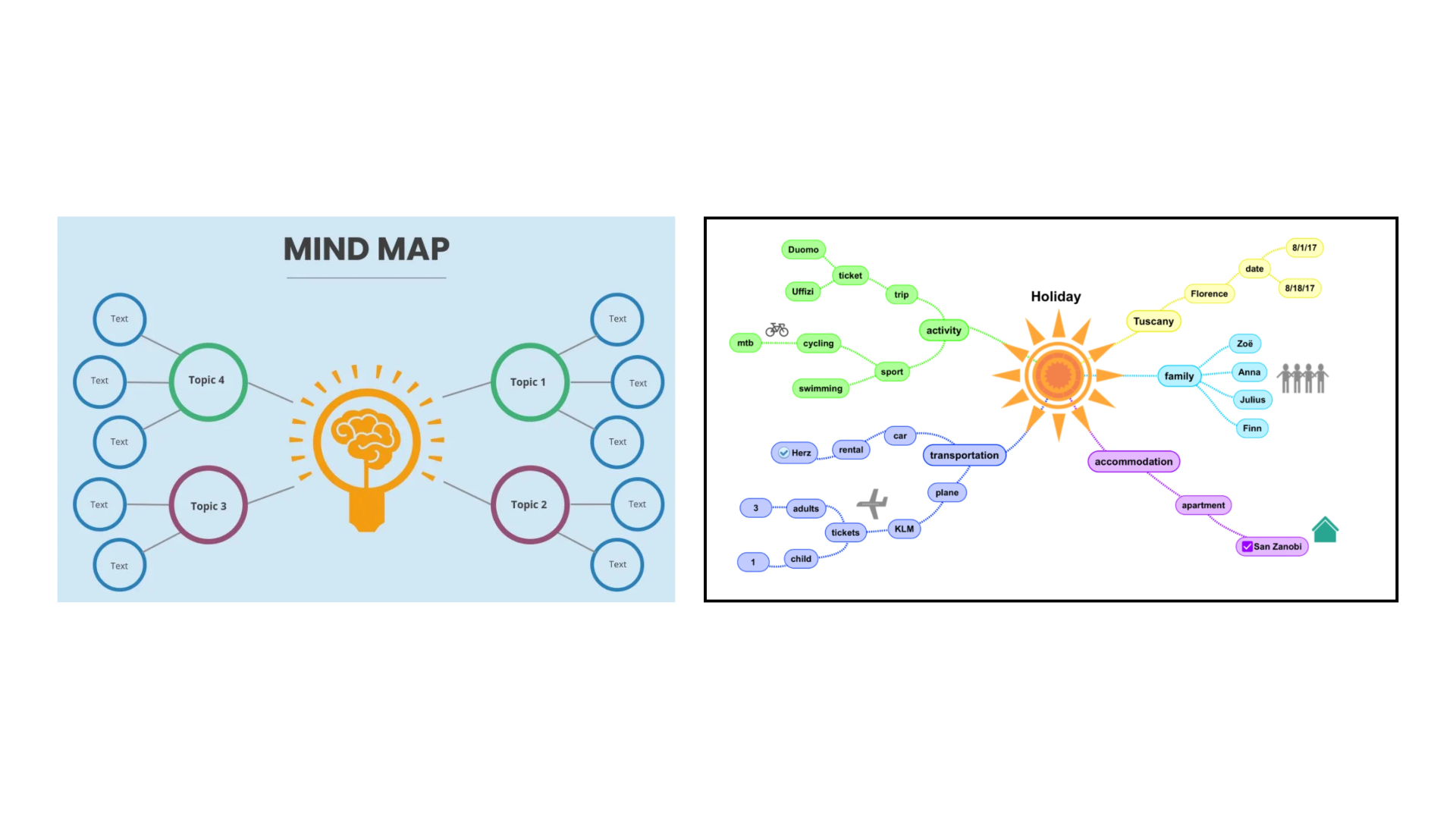
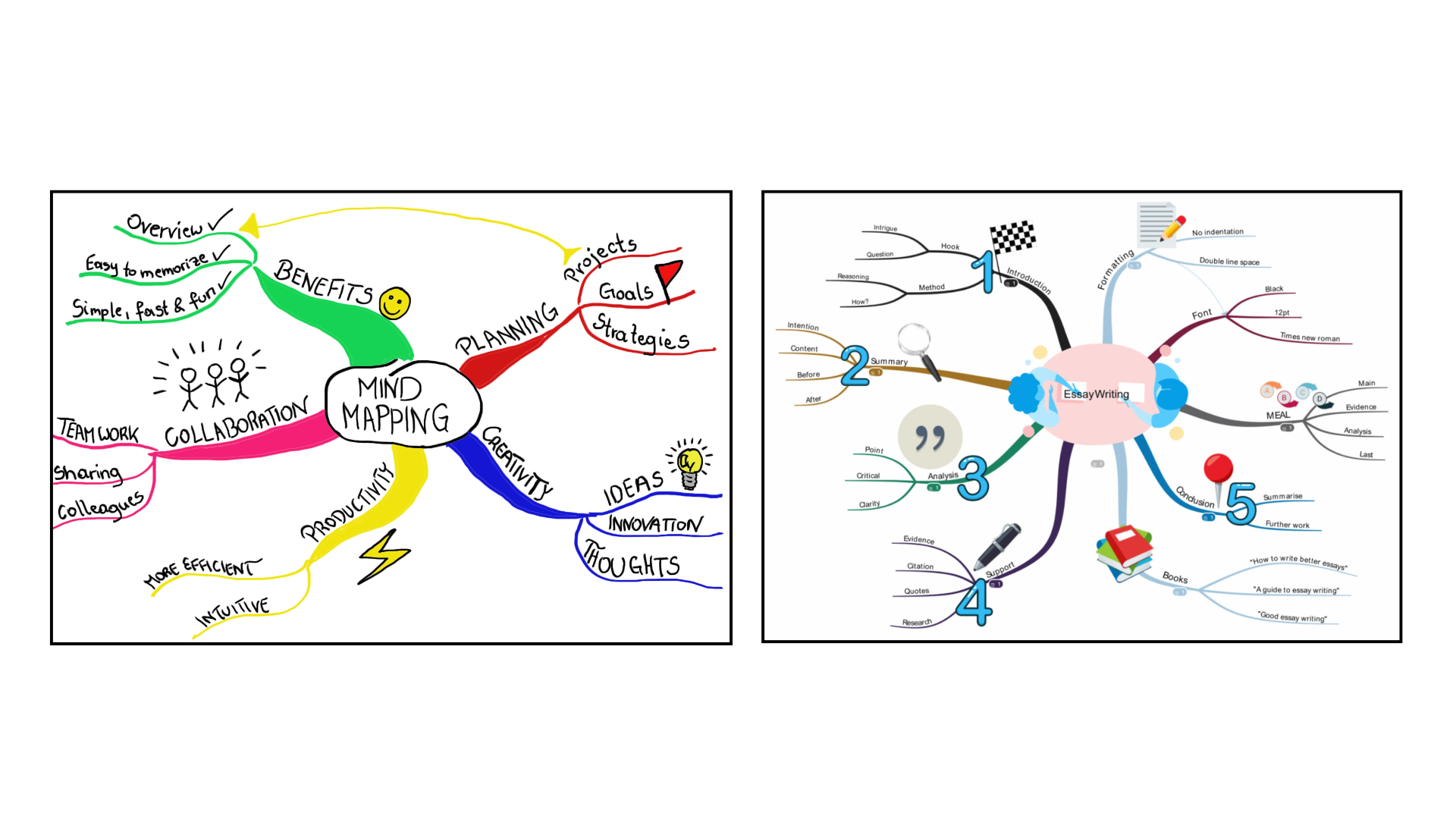
How to make creative mind maps
It is often said that love is born out of sight, and in the school environment, it is not much different; therefore, make sure to put care into the design so that your mind map is visually attractive. Some tips are: Use fonts that capture your attention, either by their size or design. Use different colors to differentiate each branch or idea. Make use of other visual resources such as illustrations, emojis, or stickers.
How to create a mind map
Once we have given you tips for designing your mind map, let's explain the steps to place valuable information.
Step 1:
Define the general topic and place it in the center of the page. There are pages that have hundreds of templates with designs so that you can just replace the data.
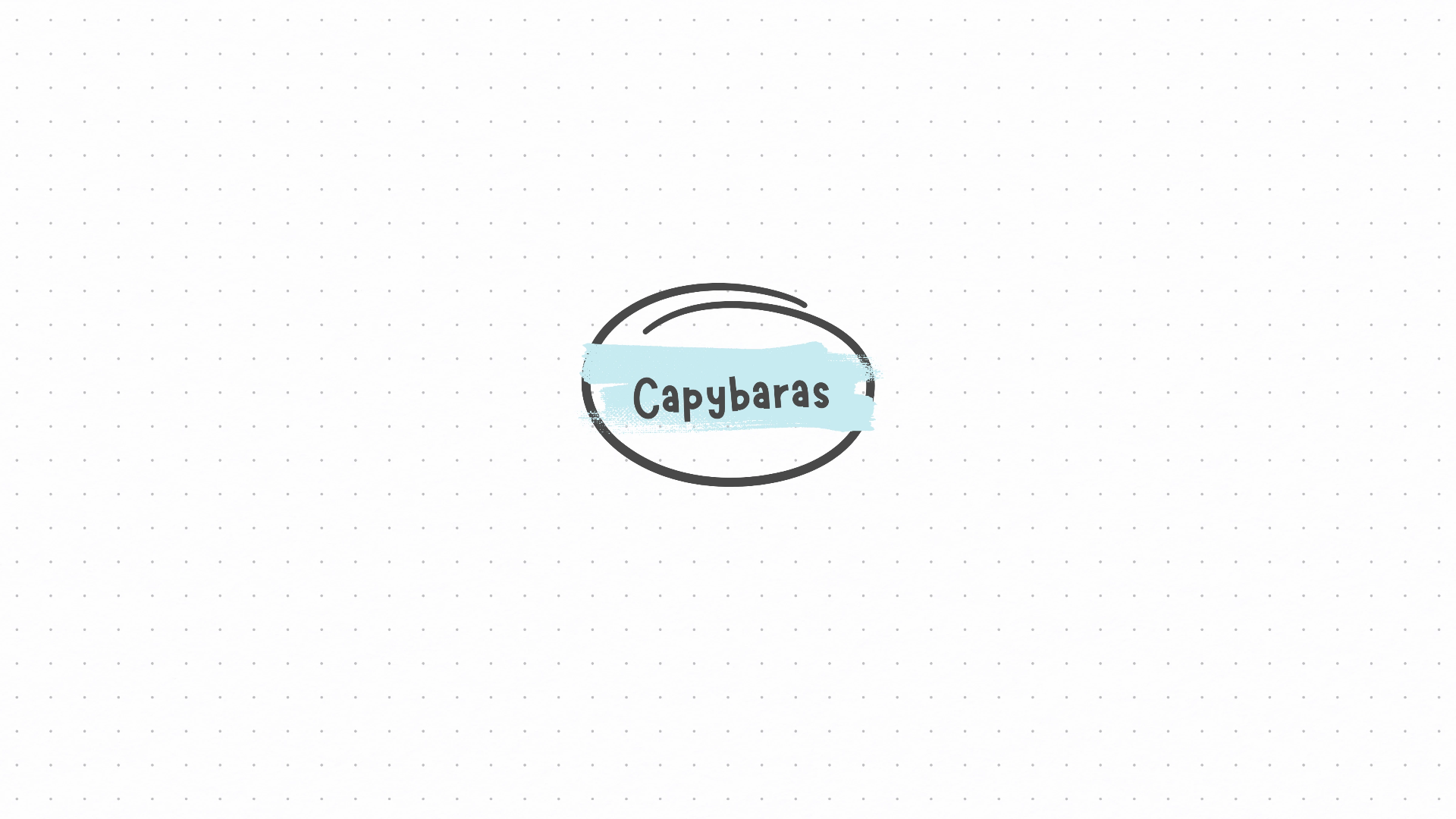
Step 2:
Hierarchy the information, meaning, establish the subtopics that you will talk about and place them around, always branching off from the central idea. If you are not very clear about which ideas you want to address, you can go to the essay creator of Parafrasist where you will get all the information on any topic you need.
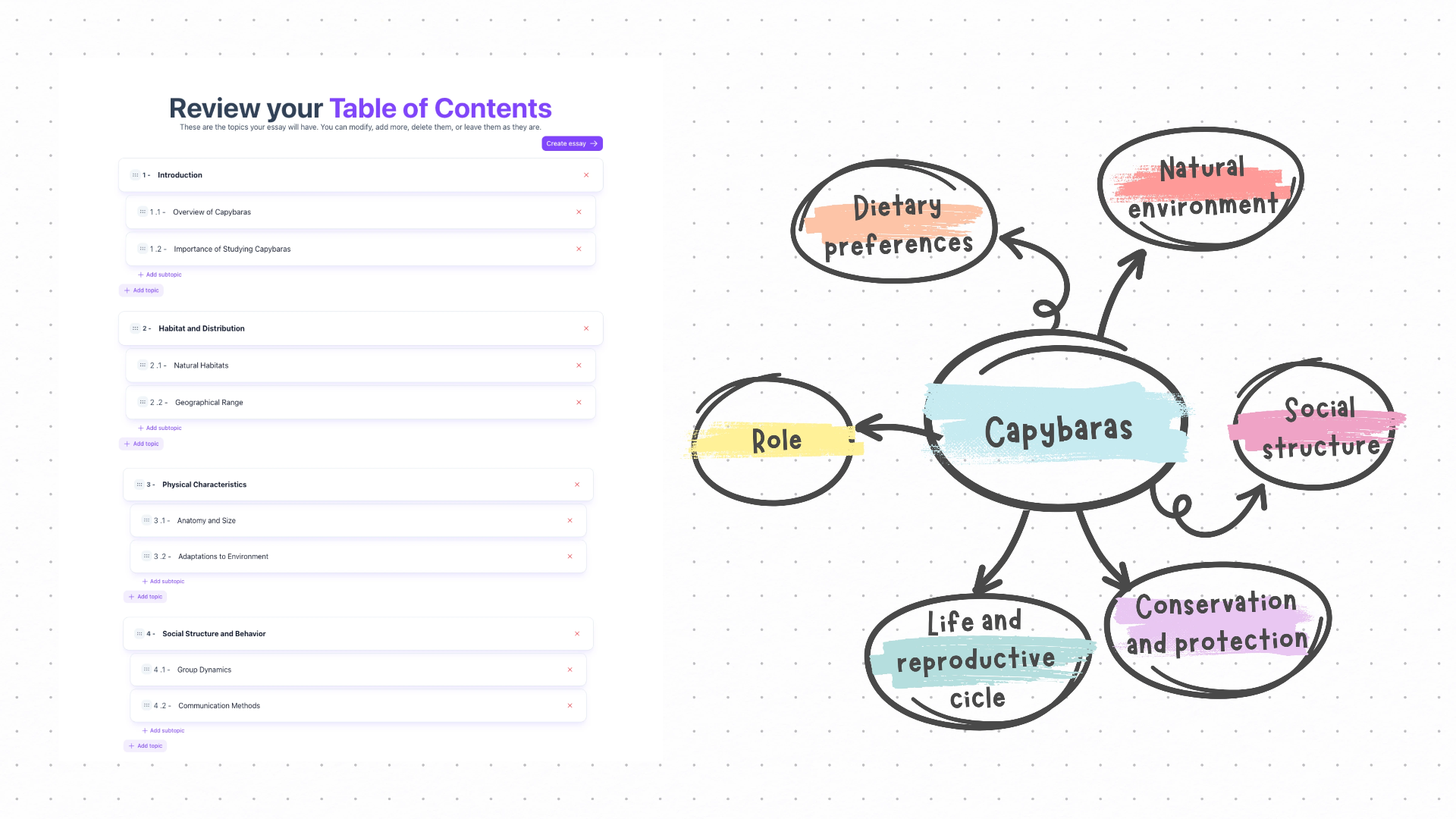
Step 3:
Add another branch that splits from the subtopics so that you can explain and develop each of the ideas with more clarity and precision.
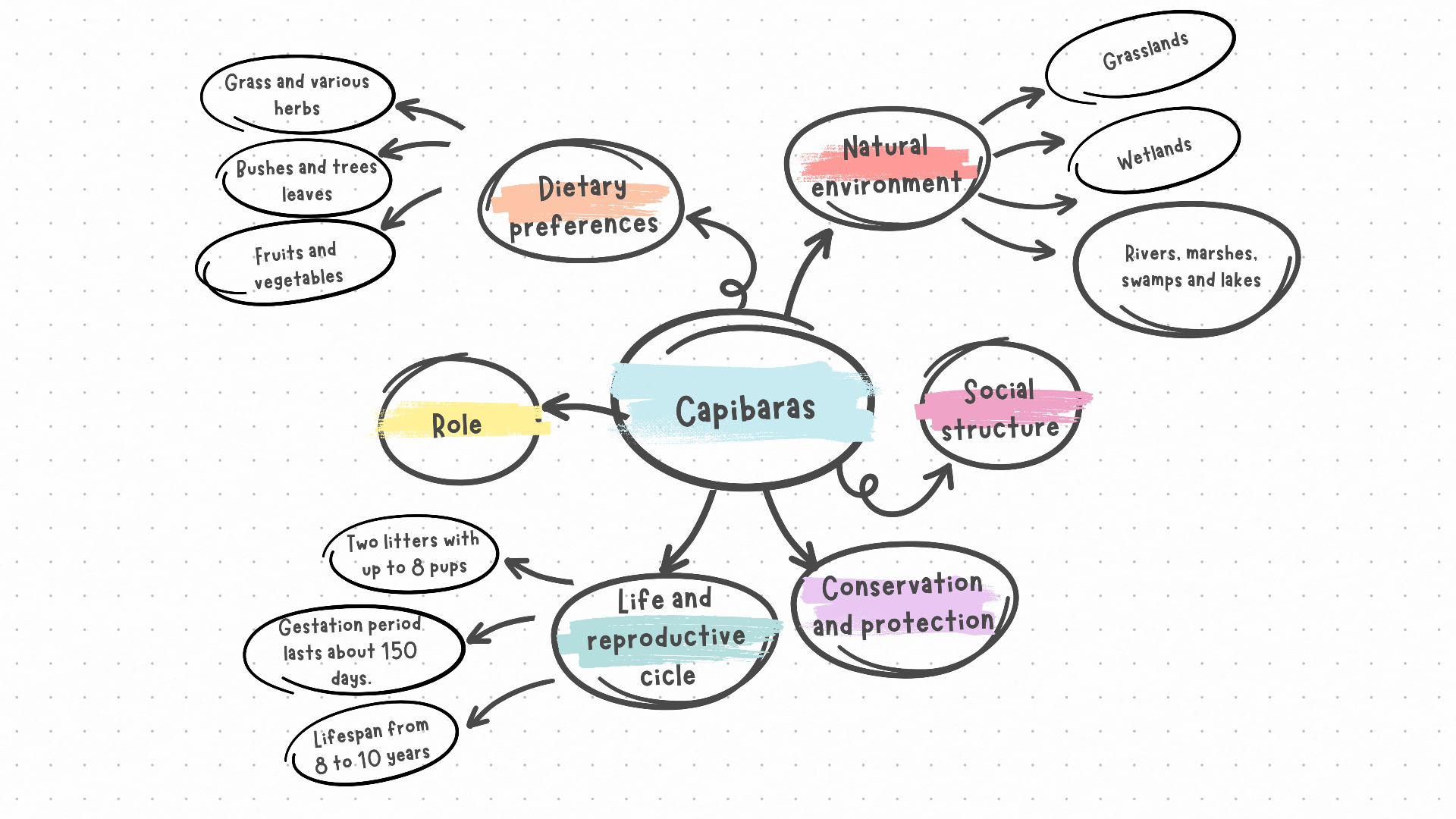
Step 4:
There is no limit to the number of branches, meaning you can keep adding ideas, illustrations, examples, etc. Just remember that all ideas must be connected to each other. We suggest you try to use Ideas and try to summarize all the information so that you do not end up with an enormous map. Parafrasist also has a text summarizer that additionally gives you the most important points of the text.
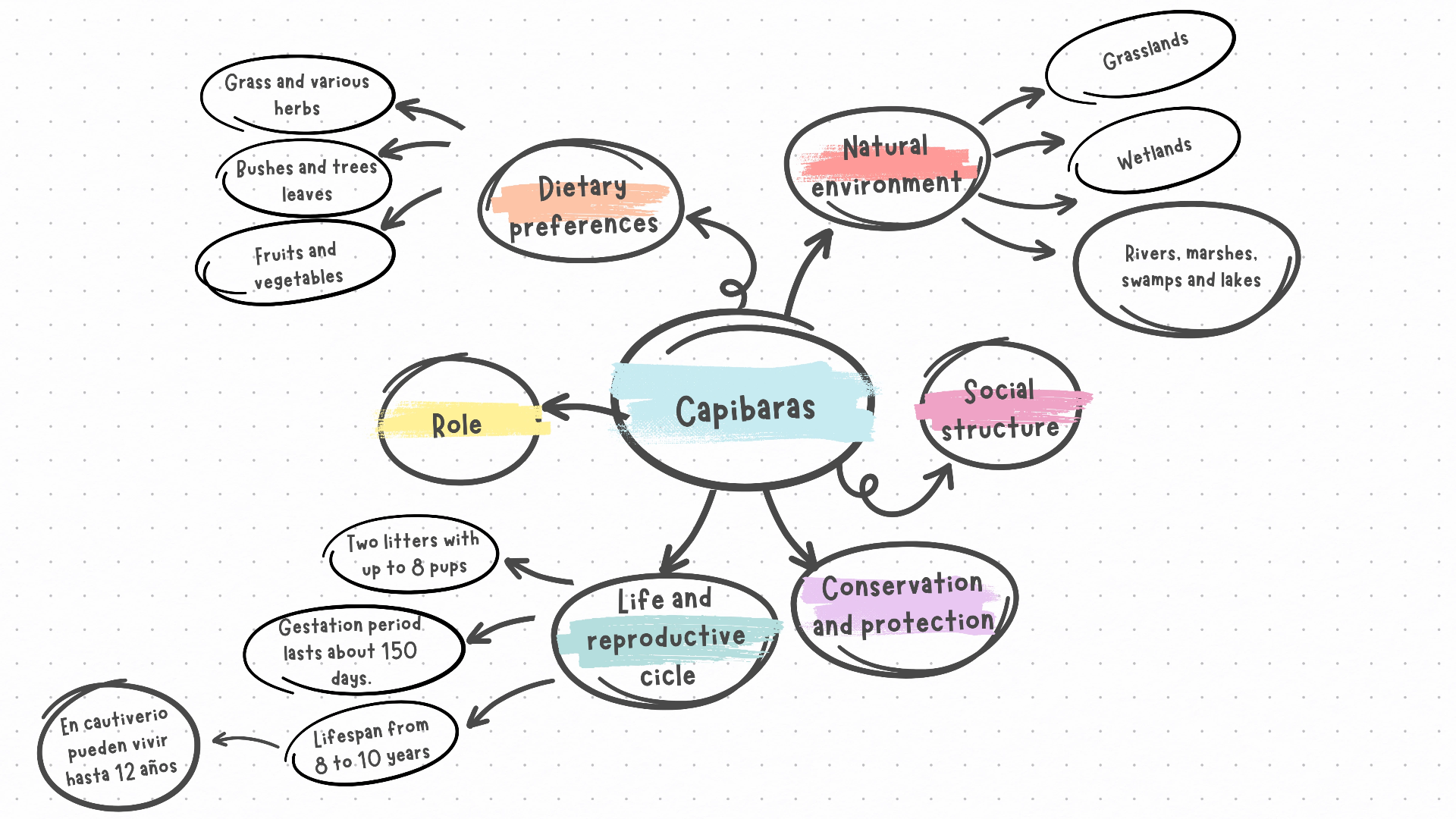
What is a mind map for
The mind map is one of the best resources available, and among its advantages, we can find that: It helps you categorize information and structure thoughts or concepts visually. It is commonly done by one person, but it can also be created as a team and thus achieve better organization of ideas. They are useful for studying and memorizing information. They add a plus to presentations as they allow the presenter to structure their information and the audience to follow the information visually. It is mainly used by students and teachers, but its usage is also common in the workplace due to its ease of hierarchizing content.
List of AIs to create a mind map online
It is never a bad idea to take advantage of technology to speed up processes and save time. For this reason, we have attached a list of pages that can help you create a digital mind map.
1.- Xmind
It has hundreds of templates and also has automatic functions.
2.- Parafrasist
On this platform, you can obtain the information that you will place in your mind map.
3.- Canva
More than 300 templates and also you can design any mind map to your liking. It is one of the most used tools due to its versatility and ease of use.
4.- Miro
It is one of the most complete for work teams.
Types of mind maps
There are various types of mind maps, and each has different functions. We will explain the most common ones.
1.- Traditional or classic
They are for organizing branched information; the main topic goes in the center and subtopics branch out.
2.- Flow or sequential mind map
They are more structured and serve to present processes step by step or sequences of actions.
3.- Creative mind map
They include images, colors, and various fonts. They are ideal for stimulating visual memory and creativity.
There are also other types such as flow maps, spider maps, bubble maps, tree maps, rainbow honeycomb maps, and flow maps.
Origins and history of mind maps
Their roots are very old, as during the times of Aristotle and Leonardo da Vinci, diagrams were used to organize ideas. However, the term "mind map" was popularized in the 1970s by Tony Buzan, a British psychologist who was also a famous TV star who presented this technique as a more effective approach to thinking, learning, and remembering since this structure mimics the functioning of the brain through associations, images, and connections.
Research and scientific data on mind maps
A large number of studies have shown that mind maps can enhance the learning process. Research in neuroscience and educational psychology has affirmed that: They help boost long-term memory through their use of images, colors, and an orderly visual layout. They facilitate understanding of complex texts and concepts, especially in the academic field. A study conducted at the University of London showed that students who used mind maps achieved higher grades and retained information for longer periods.
So if you were hesitant to use mind maps while studying or reviewing a topic, don’t hesitate any longer, as they are a great support tool.